CSGO’s 6th man: Why super subs proved key at BLAST Global Final
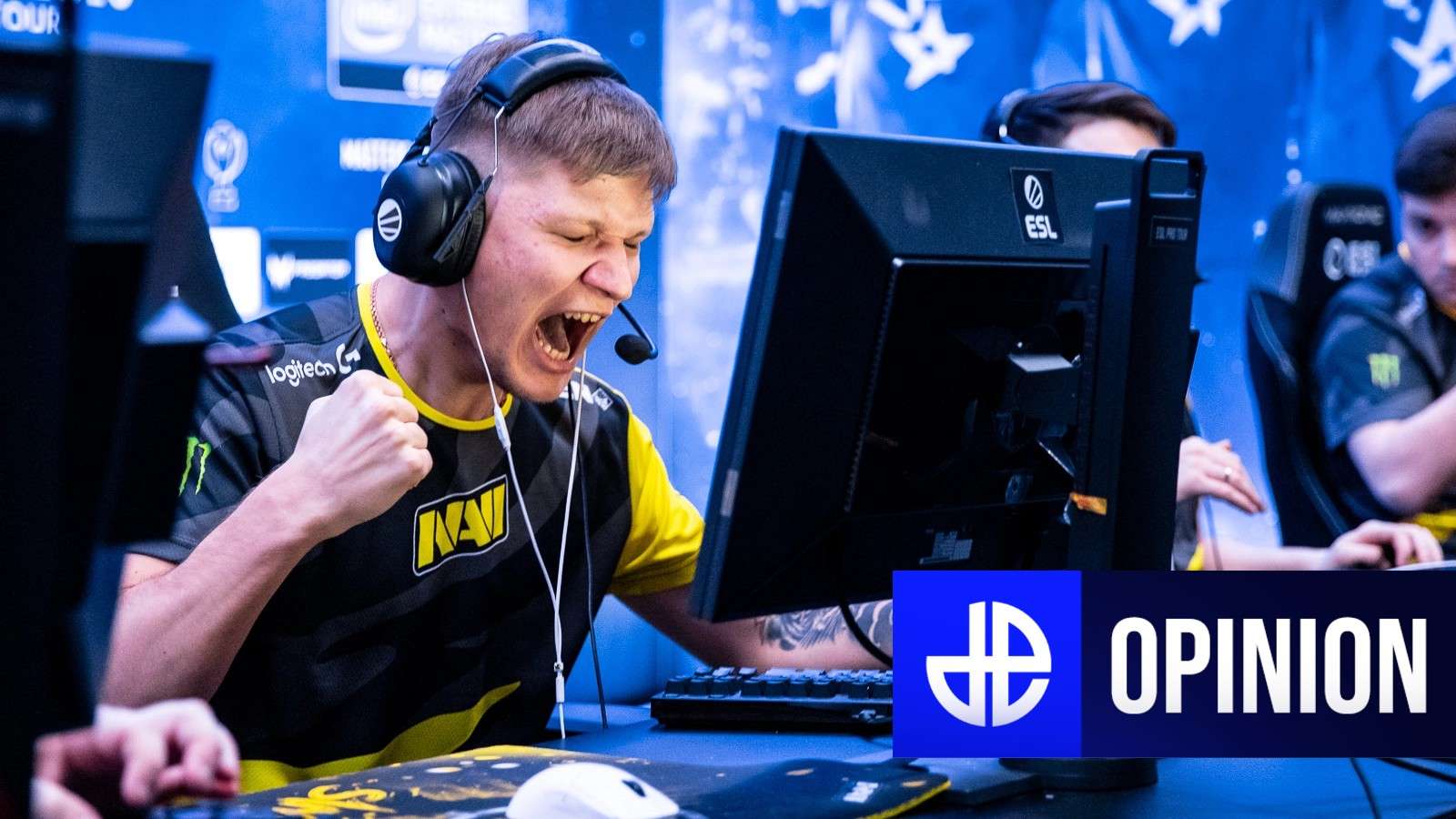 ESL
ESLBLAST Global Final kickstarted CSGO’s 2021 calendar with a bang, as NAVI bagged some silverware and the bulk of a $1 million prize pool. They won the event using a 6th man on their squad, but was it the difference-maker?
NAVI came into the Global Final event with a chip on their shoulder. Following their peak at IEM Katowice, the CIS squad ended 2020 with a flurry of disappointing results. So their 2021 needed to start strong if they were going to avoid one of CS:GO’s inevitabilities — a roster shuffle.
After losing their first game to a refreshed Team Liquid, NAVI built up the momentum of their war machine on their way to the final — losing just two maps during their emphatic Lower Bracket run.
BLAST Global Final: A tale of AUGs and substitutes
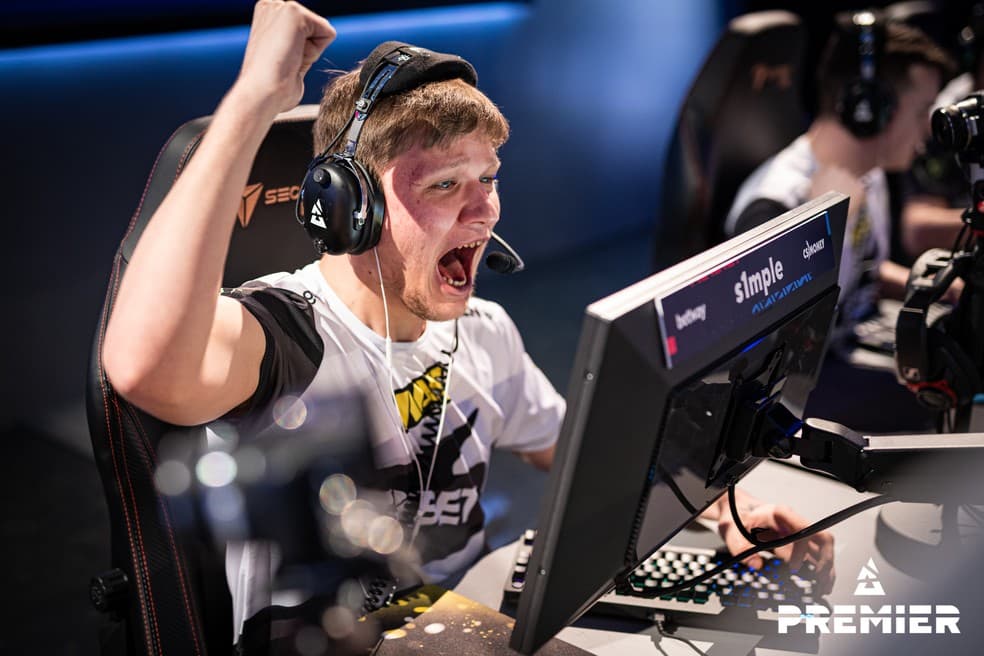 BLAST Premier
BLAST PremierA trend that might be worrying for some is the reemergence of the AUG. CTs were using the scoped weapon more frequently as the tournament progressed — allowing defenders to hold tighter angles.
One of the most important points to take from the event, however, is the prevalence (and relative success) of teams using a sixth man across the tournament.
In fact, other than FURIA — who were affected by Paytyn ‘Junior’ Johnson’s visa issues — all the teams that utilized an extended roster placed high at the Global Final. But is having a substitute in your ranks the secret sauce for Counter-Strike success in 2021? Let’s have a look at BLAST’s top three.
Are Astralis doing it right?
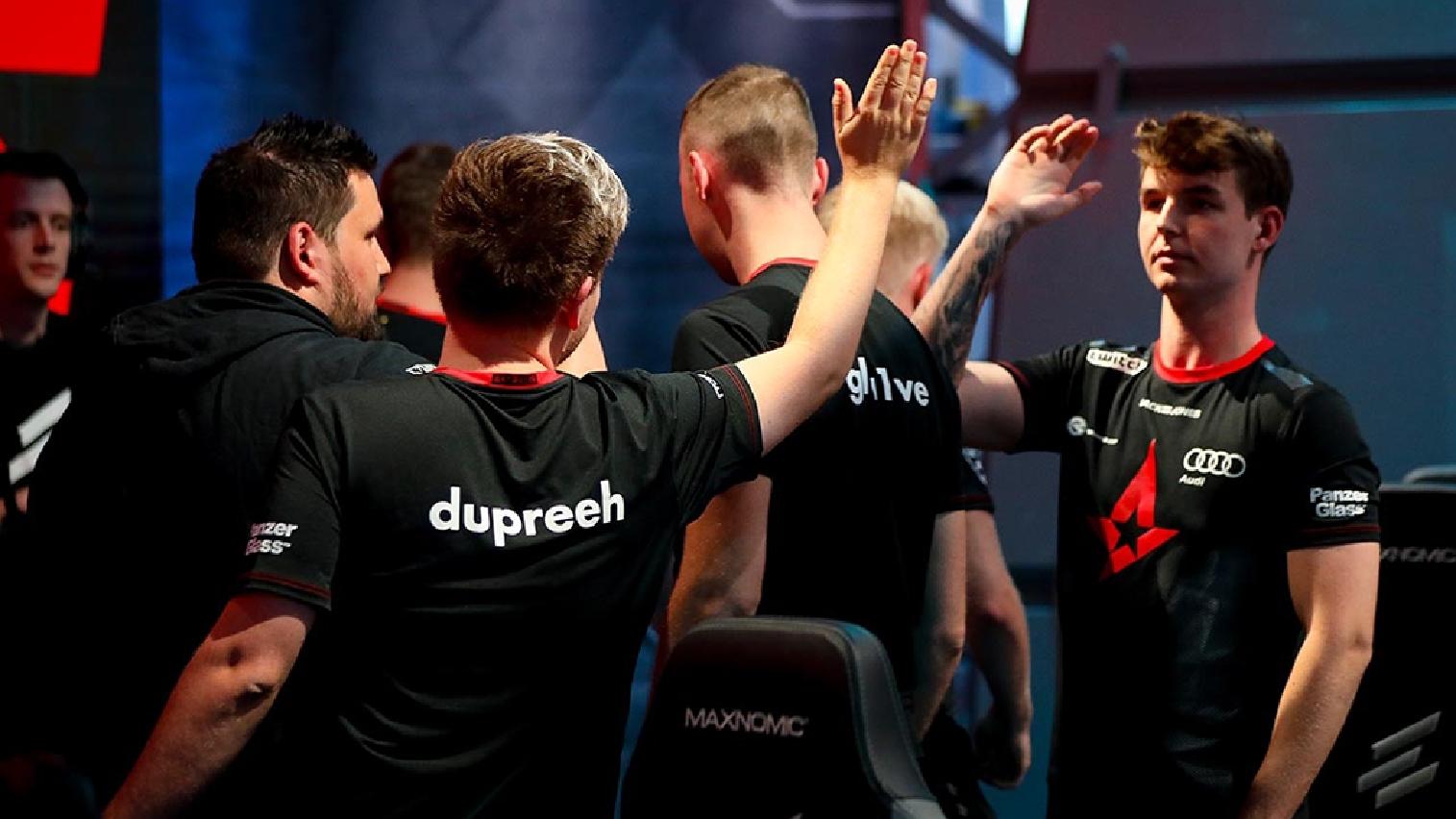 ELEAGUE
ELEAGUEIt’s fair to say that Astralis looked vulnerable all throughout the tournament, having struggled their way past both G2 Esports and Team Vitality.
But their roster situation is complicated. In their hands, they have one of the most promising talents of 2020 in the form of Lucas ‘Bubzkji’ Andersen.
With that said, the young Dane only appeared in one game of Nuke at the event. With Astralis slowly moving away from Nuke due to recent results, you have to wonder how much of Bubzkji we will see in the future. There’s only so much of being The Danes’ Nuke specialist a young talent can take, right?
The world number one seem to have stagnated in their signature maps of Inferno and Nuke of-late. Their inability to ‘spice-up’ their setups using their aggressive, young prodigy could be considered one of their reasons for it.
If Astralis are serious about keeping their young star, they’ve surely got to find a way of integrating him on more than just one map in an event. Bubzkji’s aggressive playstyle would no doubt suit the brand of online Counter-Strike we have become accustomed to. And when compared with Team Vitality’s way of dealing with a sixth player, Astralis have a long way to go.
Nivera: Vitality’s not-so-secret weapon
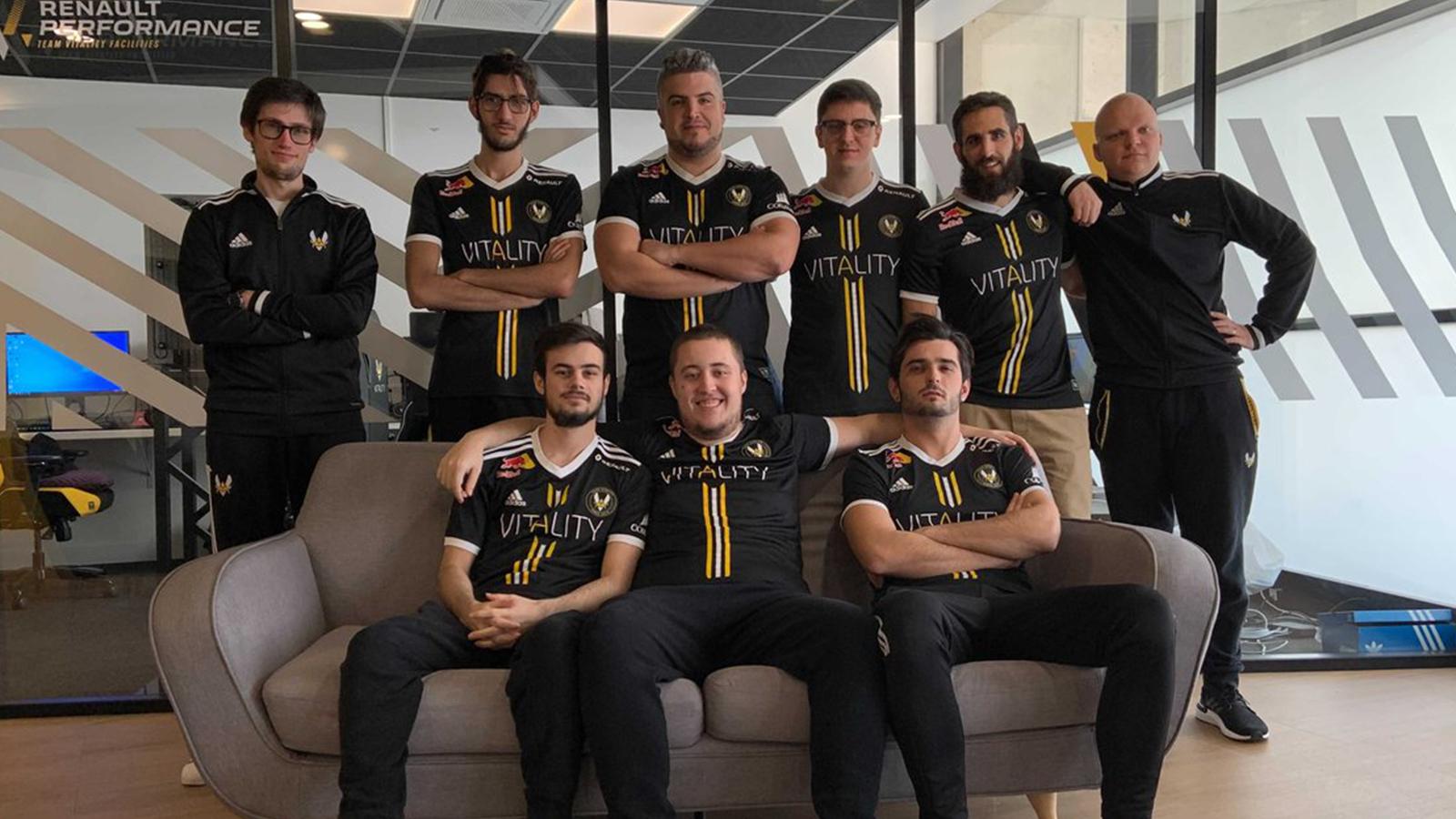 Team Vitality
Team VitalityVitality have built a great rotational system within their squad. Using Kévin ‘misutaaa’ Rabier and Nabil ‘Nivera’ Benrlitom, they’ve managed to slowly (but surely) flesh out their map pool.
The effectiveness of Vitality’s experiment with a rotating roster should not be underestimated. They currently hold a positive win rate on every map in their current pool against top 30 opposition. While this statistic does not mean they have mastered every map, just being comfortable with their setups on a map their opposite number isn’t, is half of the battle.
While Vitality’s super subs failed to perform during BLAST Global Final, the ways in which their coaching staff has been utilizing them has generally been successful. This should serve as an example for other teams experimenting with extended squads.
What next for NAVI and B1t?
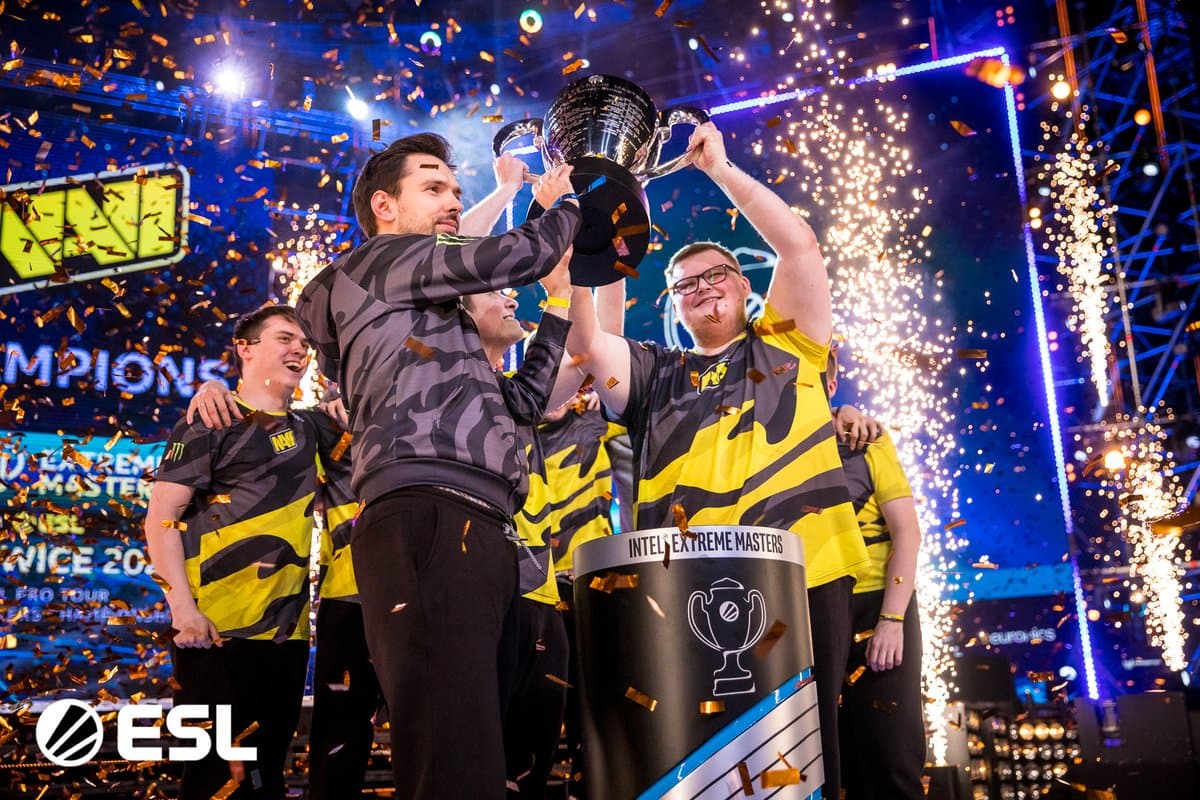 ESL
ESLThe CIS squad is the most recent top team to embrace the sixth man approach, with Valerii ‘B1t’ Vakhovskyi subbing in for Egor ‘flamie’ Vasilev on Inferno. While not initially impressive in his opening game at the Global Final, the Ukrainian improved his performance significantly as the tournament progressed.
Was B1t the key? No. Did he make a difference, I’d say yes. Just the added fluidity brought in by B1t’s do-or-die approach was enough to catch some teams off-guard.
If we consider Vitality’s approach as the shining example, Head Coach Andrii ‘B1ad3’ Gorodenskyi should now look towards Mirage and Dust 2. As two of NAVI’s weakest maps, B1t might just be the upgrade in firepower they need to bolster their ranks.
Your #BLASTPremier Global Finals champs are @natusvincere 🏆@s1mpleO is crowned MVP as NAVI make the Lower Bracket run!
Final placements & event recap:https://t.co/tUtwbWFIbS pic.twitter.com/GGBbVTfcqa
— Dexerto (@Dexerto) January 24, 2021
With all of that said, there is an argument both for and against six man rosters. On the one hand, a team that is well-drilled in their fundamentals and comfortable in their system could utilize a sixth player — an x-factor to throw opponents off-scent without significantly impacting their overall performance.
On the other, a squad that draws their advantage from great personal chemistry on the server (such as Fnatic) could have their entire framework ruined by trying to force a rotation of players in their team.
This is an exciting time for CS:GO… There’s no denying that mid-series substitutes add a level of excitability for the spectator — it’s been a long time since we saw a change in how teams are composed and organized. So far Vitality are leading the way in terms of innovation, but will anyone be able to surpass them?